Last weekend, I played a game with my family called Placing the Past. Each player gets cards that describe different historical events. You arrange the cards in the order you think the events happened, then check your guess. I kept wishing the game included more science history, so I decided to make my own, short version of the game to play here with you, dear LWON readers!
There was no method to my selection beyond looking for 10 events that would be easy to draw. The goal is not to know precisely when each event took place, but to put the events in the right order. Some of the dates were hard to pin down (i.e. things that happened thousands of years ago or when there were multiple discoverers) but oh well – the key at the bottom is as close as I could get. Begin!
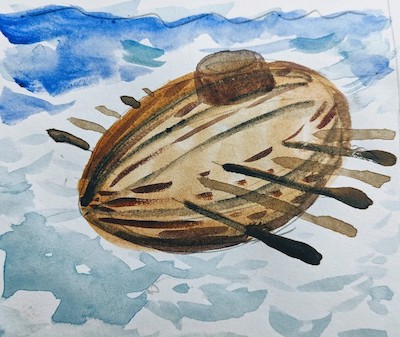
- The first navigable submarine could carry more than a dozen people, and was powered by rowers. It glided 15 feet below the surface of a famous London river. When was it built?
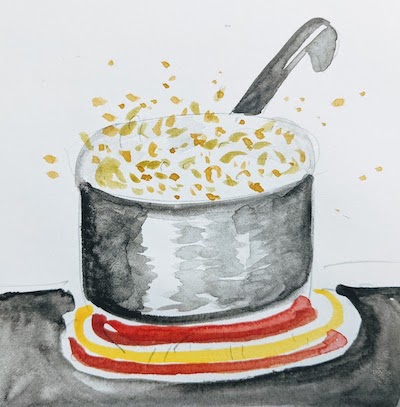
2. One of the most enduring hypotheses for how life on Earth began is that it developed from a “primordial soup” of organic molecules. When did biochemist Alexander Oparin propose this hypothesis?
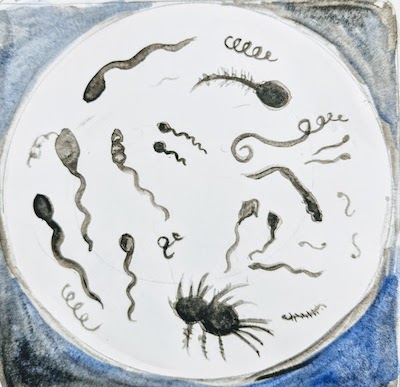
3. You’ve probably heard of the Dutchman Anton van Leeuwenhoek, who developed the first compound microscope. In addition to finding all kinds of wee beasties in pond water and the icky stuff between his teeth, Leeuwenhoek discovered sperm. When did he do that? (After you complete the quiz, check out this great Smithsonian article by Laura Poppick for a full account of Leeuwenhoek examining his own semen. )
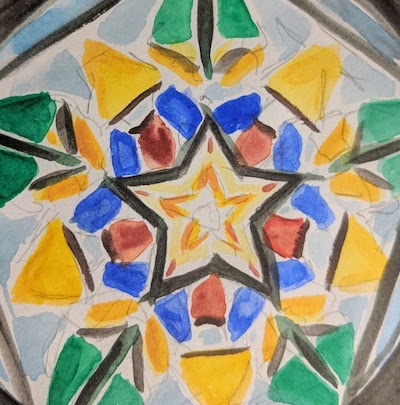
4. When was the first kaleidoscope invented? (Hint: the guy who made it was a Scottish physicist.)
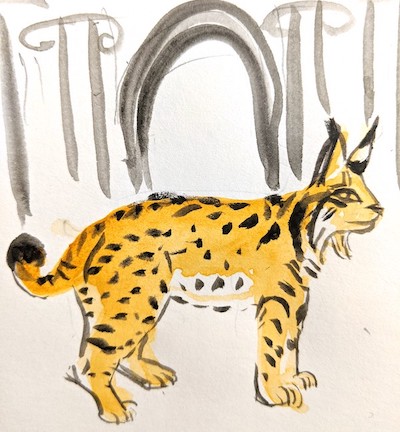
5. I would have been so much more excited about Galileo if they’d told me he belonged to the Accademia dei Lincei, or Academy of Lynxes. When was the Academy of Lynxes founded?
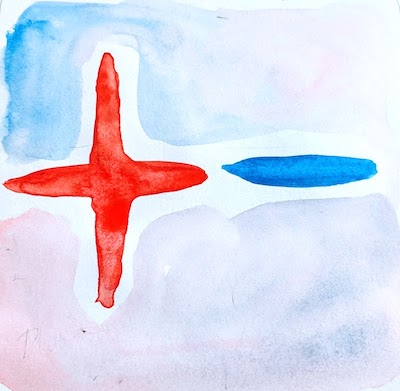
6. As the inventor of the plus and minus symbols, Robert Recorde wrote, “There be other 2 signes in often use of which the first is made thus + and betokeneth more: the other is thus made – and betokeneth lesse.” When were the symbols invented?
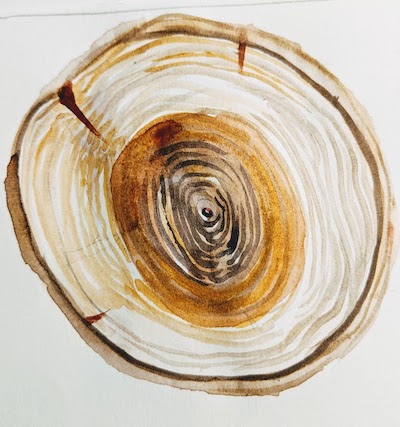
7. Dendrochronology, the study of tree rings, has always struck me as a really great job. Astronomer A. E. Douglass typically gets credited with the first rigorous application of the method. When did he do his field work?
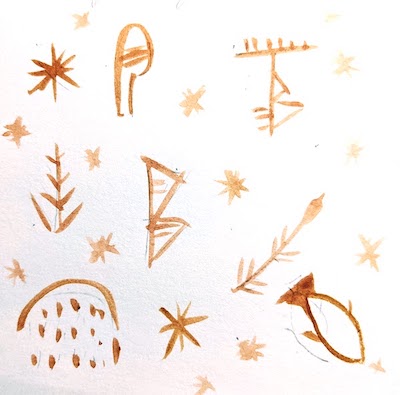
8. The cuneiform writing system — that started early, yea?
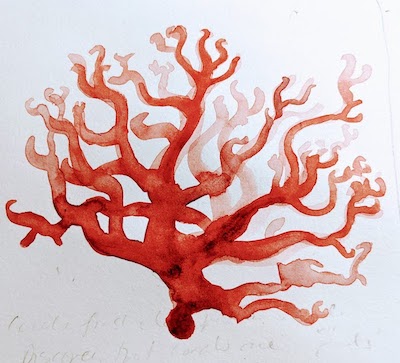
9. When did Arabic scholar Al-Biruni first recognize that corals aren’t plants, but animals?
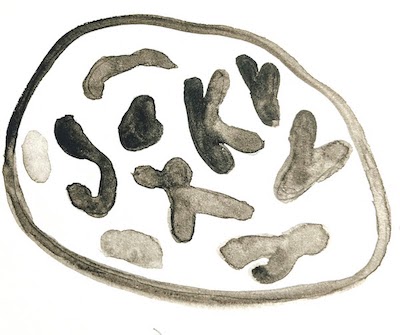
10. When did Nettie Stevens and Edmund Beecher Wilson discover X/Y chromosomes (though at first, Stevens didn’t get credit?)
That’s it, thanks for playing! I plan to make some real-life cards to play with friends, so please leave your favorite moments in science history in the comments. (This short list is way too skewed towards old white men.)
Here’s the list: 1) 1620; 2) 1924; 3) 1677; 4) 1816; 5)1603; 6)1557 ; 7)1920s but here’s a source for 1929; 8) around 3500 BCE 9) the 1000s; 10) 1905.